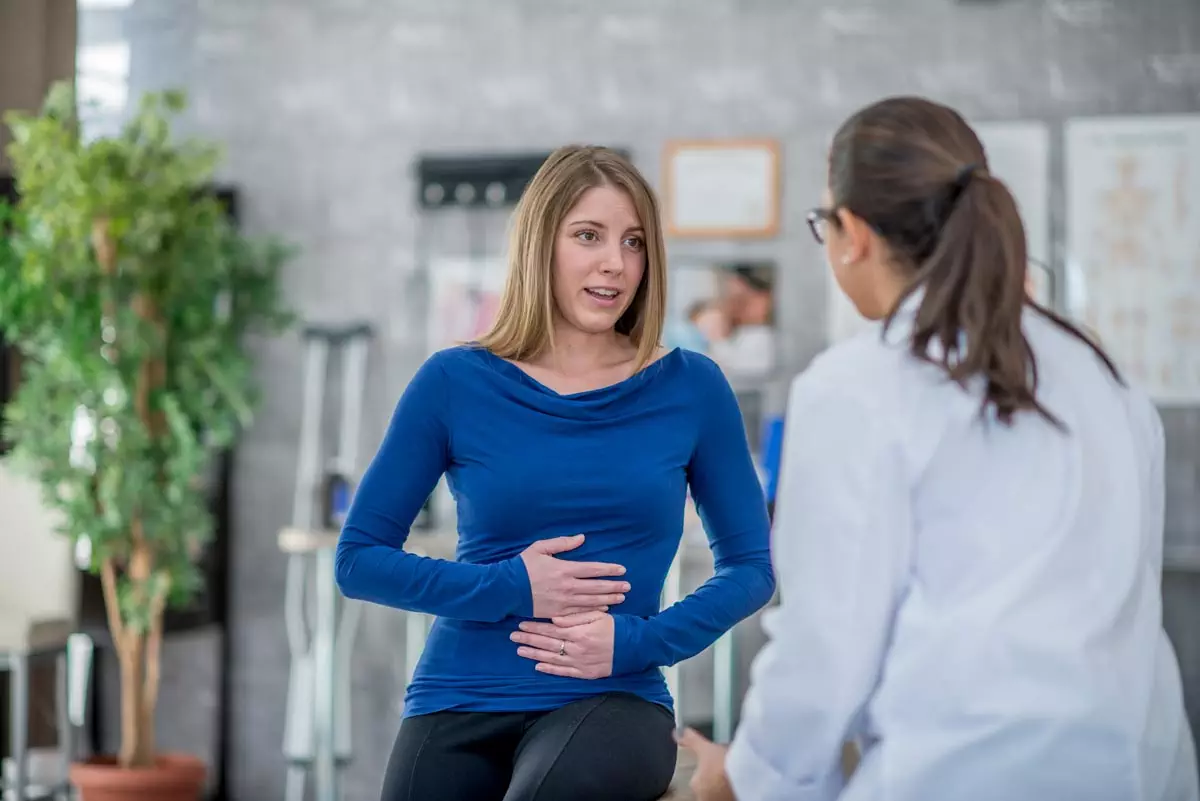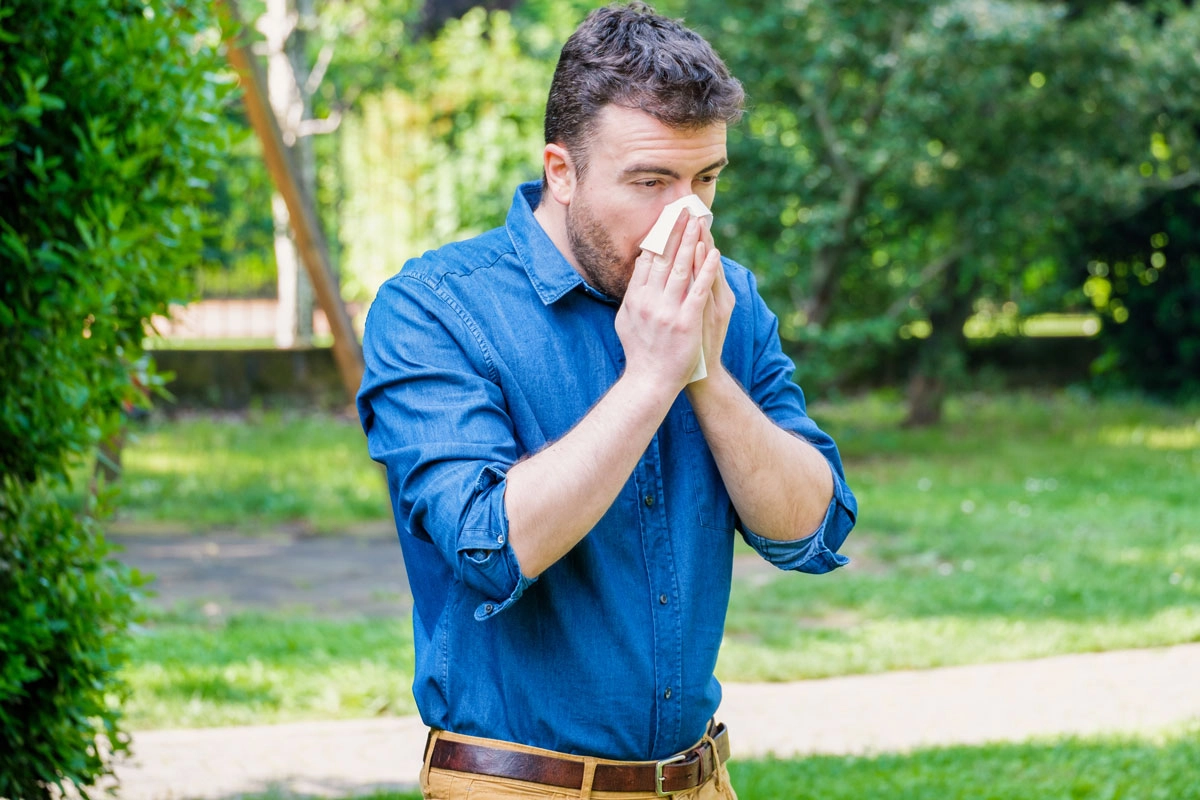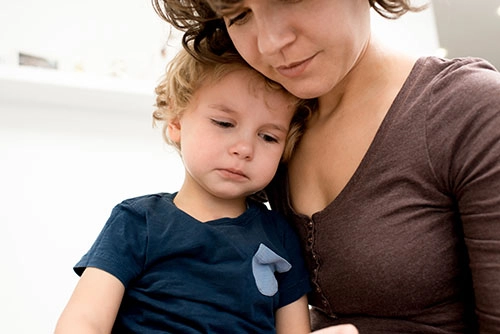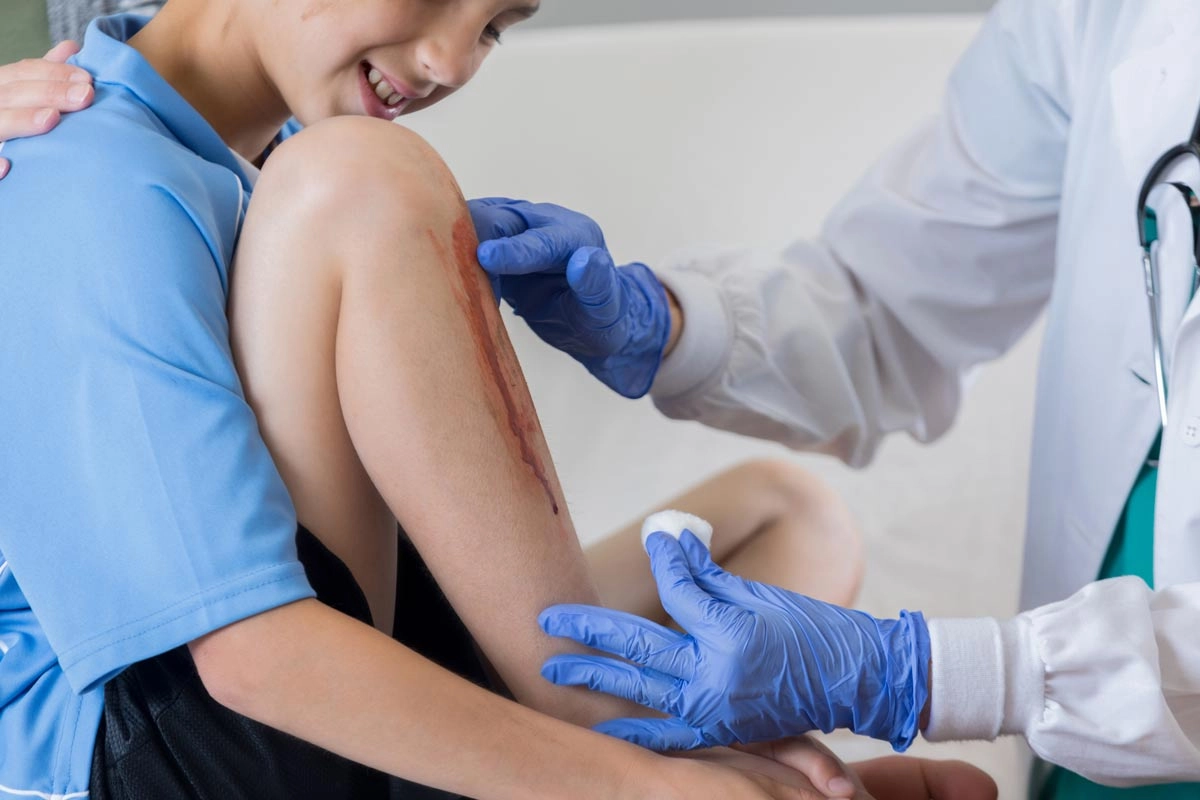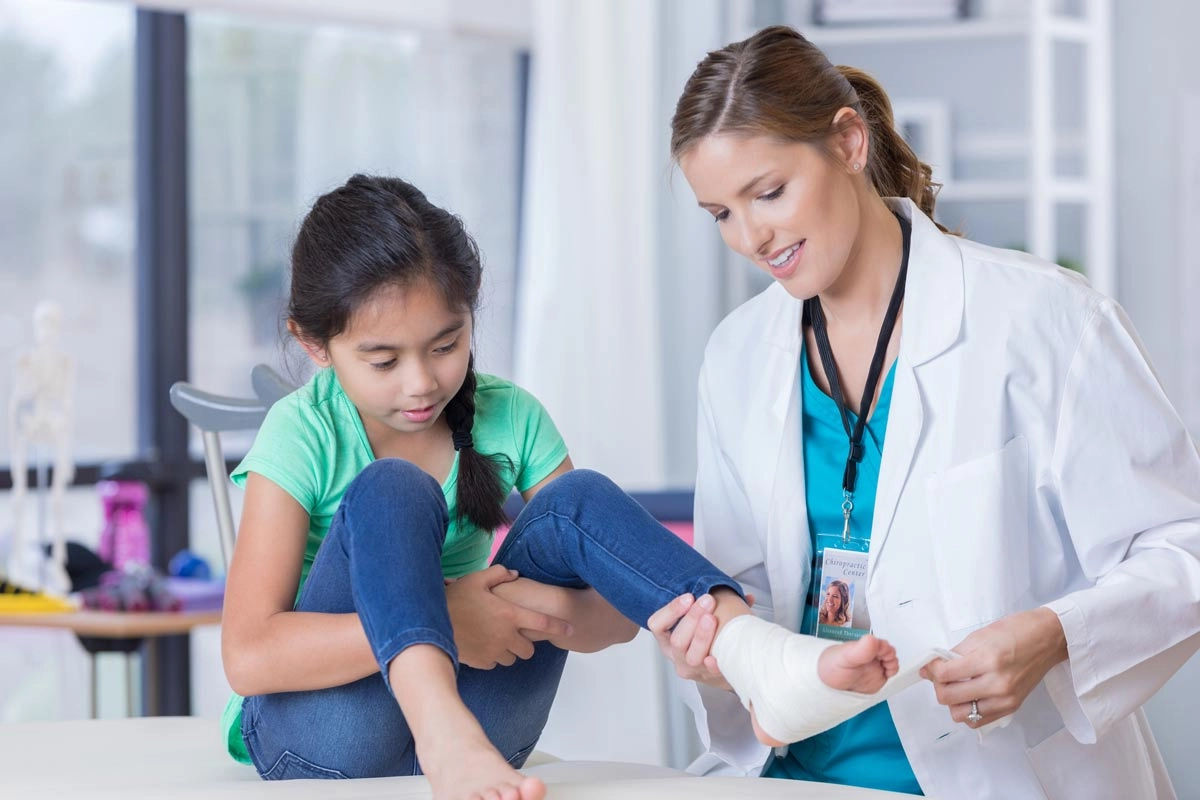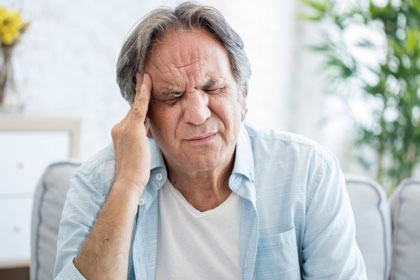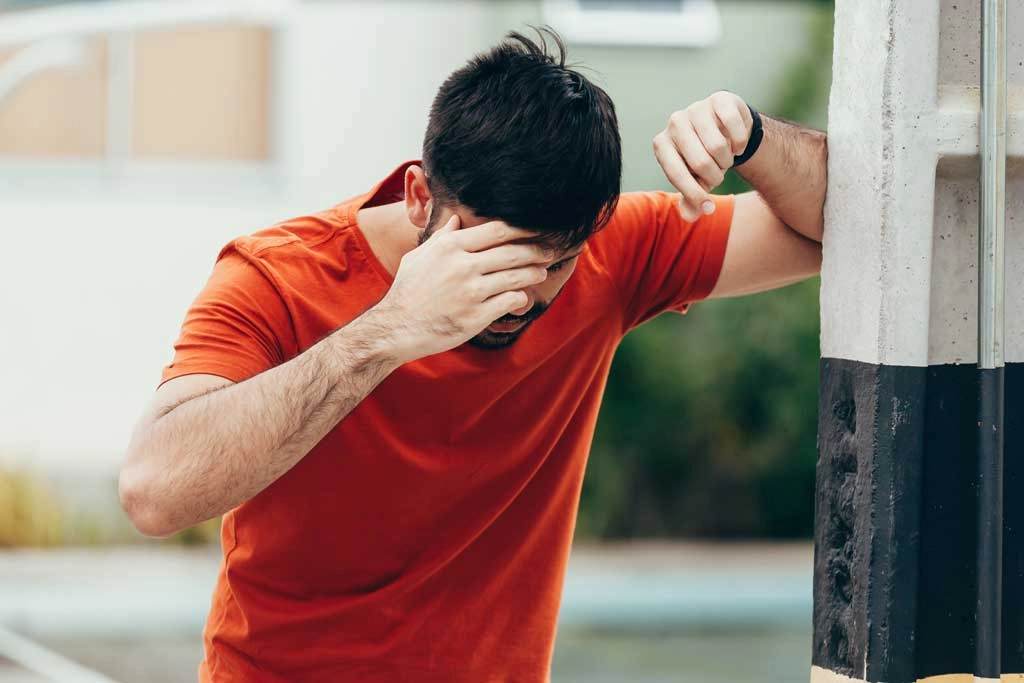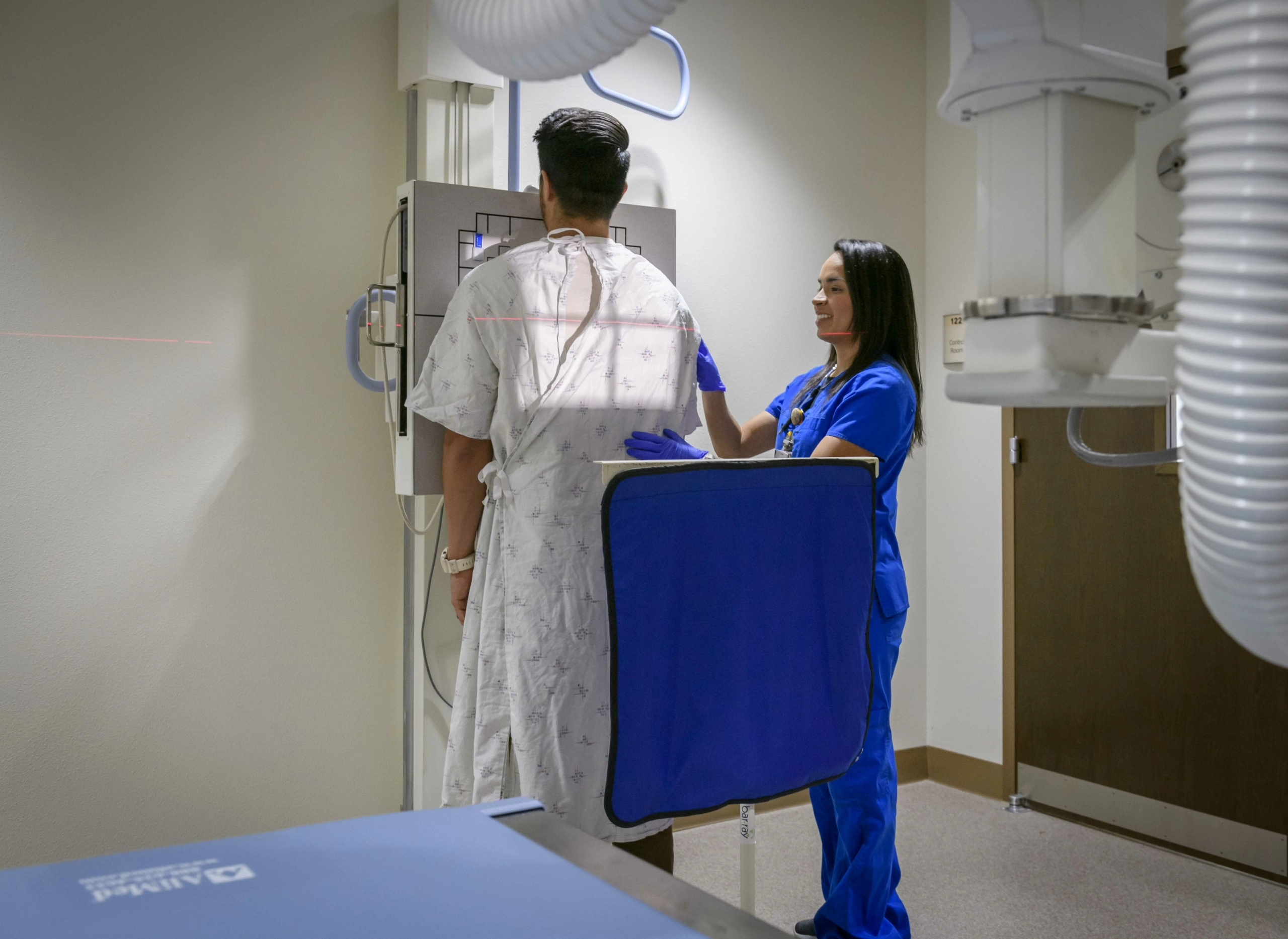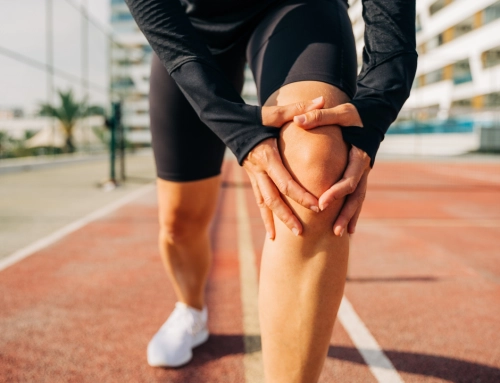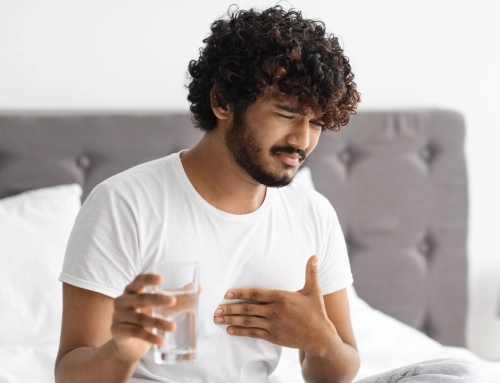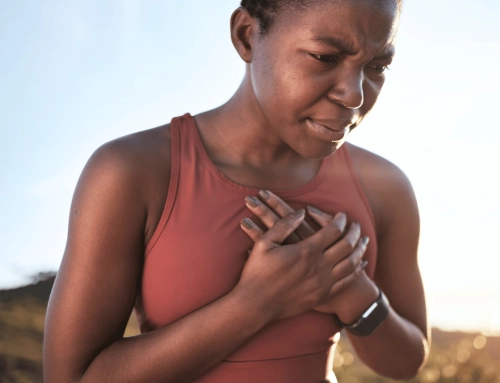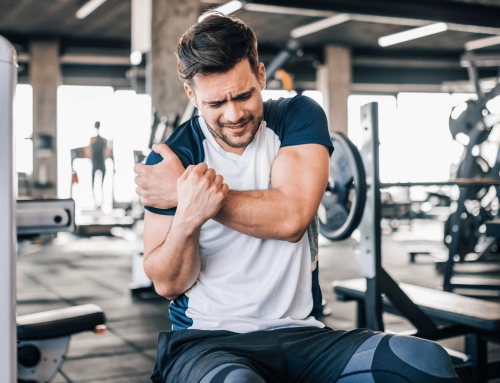Fractures, or broken bones, are one of the most common orthopedic injuries. Bones aren’t as tough as you may think. Approximately 6.3 million fractures occur each year, and each fracture is different.
The severity of bone breaks depends on the causing force of the break, the patient’s overall health (including age, underlying health problems, physical activity and diet) and the location and alignment of the bone fractures.
The most common types of broken bone treatments include cast immobilization, functional cast or brace, traction, external fixation and open reduction and internal fixation. These treatments aim to control pain, re-establish proper alignment of the bones, promote healing, prevent infection or other complications, and restore the injury so the patient can return to living their life after bone breaks.
Symptoms
The effects of broken bones on the body vary based on the type and severity of the fracture. However, bone breaks can cause one or more symptoms, which indicate that there is more going on than what we initially believe. Sometimes, there’s only pain when the extremity is touched; there might be bruising or swelling in other cases.
Bone fractures can cause any of the following symptoms:
- Immediate pain in the area where the fracture is located
- Pain when the extremity is moved or touched
- Numbness or loss of feeling
- Bruising, swelling, deformity or inflammation
- Bone protrusion under or through the skin
- Excessive bleeding
First-aid Care
If you end up with a broken bone or suspect your bone is broken, it’s crucial to seek medical attention. But what do you do in those moments leading up to medical care? When you sustain an injury and discover you have broken something, what steps can you take until a doctor can properly diagnose and treat your fracture?
Providing first-aid treatment is an excellent option until medical help can arrive or until you arrive at an urgent care or emergency room facility. Here is what you can do if you find someone you know, or even yourself, has sustained an injury:
- Determine if there is bleeding: If there is blood, stop the bleeding by applying pressure to the wound with a sterile washcloth or bandage. Elevate the extremity to help cut down on blood flow.
- Apply a cold pack: Using ice in a bag or a cold pack can help temporarily prevent swelling or bruising. In some cases, it may also help alleviate a little bit of pain.
- Immobilize the injury: When dealing with a fracture, it is difficult to tell whether the bone split into multiple pieces or if it’s cracked. Moving the extremity can cause further damage, and it’s essential not to jostle or move the area to prevent further exacerbating the break. If the injury is in the neck or back, it’s crucial to remain still. If the damage is located in the arm or leg, a splint or a sling can be utilized.
- Seek immediate medical care: After first-aid care is administered, seeking medical attention is crucial. If someone is unconscious or not breathing, call 911 immediately. If someone has sustained an injury in the neck or back, is bleeding heavily, or the bone is pushing through the skin, contact 911 directly. For all else, find your local urgent care or emergency room.
Medical Treatment
Medical practitioners will first examine the injured area to determine the severity of the broken bone. It can be challenging to diagnose in some cases, which they’ll issue an imaging test to understand the fracture visually. Imaging tests include x-rays, bone scans, CT scans or MRIs. Afterward, a more evident diagnosis can be made, and therefore treatment can be administered.
Broken bone treatment includes any one or more of the following:
- Casts: Made up of fiberglass or plaster, casts immobilize fractures until they have healed.
- Splints: Like casts, a splint immobilizes part of the body to prevent movement and damage. They help stabilize a broken bone while being taken to the hospital or replace a cast when the bone is in its later stages of healing. Splints are accompanied by one or two pieces of rigid material fastened onto the extremity.
- Traction: A traction gently pulls on an injured part of the body to help realign the bones. They often feature ropes or weights to stabilize a fracture or correct stiff muscles or joints. They’re also used to help reduce pain before a surgical procedure.
- Open Reduction and Internal Fixation: Requiring an operation, this method of treatment repositions bone fragments to their proper alignment and held together by screws or metal plates attached to the exterior surface of the bone. Sometimes, a metal rod may be inserted between the marrow in the middle of the bone.
- External Fixation: Like open reduction and internal fixation, an external fixation utilizes pins or screws placed into the bone to connect to a metal bar outside the skin. This helps stabilize the frame while holding the bone in its proper position.
Healing
Broken bones may take several weeks to months to heal correctly and completely. Physical activity should be limited even after casts or braces are removed to ensure the bone grows solid enough to bear stress again. Many people who have broken bones undergo rehabilitation programs involving exercises and a gradual increase in the mobility of the bone until the injury is fully healed.
If you experience a fracture or think you might have broken a bone and are experiencing pain, bleeding, or swelling symptoms, seek the attention of medical care professionals. If you feel your condition is a true emergency, call 911.
PRESNow 24/7 Can Diagnose and Treat Broken Bones
Unlike most ERs or urgent care centers in the area, PRESNow 24/7 Urgent and Emergency Care in Albuquerque, patients are only billed for the level of services they need. The ER and urgent care are open 24 hours a day, every day. No appointment is required for in-person visits.
PRESNow 24/7 Urgent and Emergency Care has four convenient locations:
- PRESNow 24/7 Urgent and Emergency Care Paseo/San Pedro is located at 6400 Paseo Del Norte Blvd. NE, Albuquerque, NM 87113, and may be reached at 505-596-2100.
- PRESNow 24/7 Urgent and Emergency Care Coors/Western Trail is located at 4515 Coors Blvd. NW Albuquerque, NM 87120, and may be reached at 505-596-2200.
- PRESNow 24/7 Urgent and Emergency Care Isleta/Rio Bravo is located at 3436 Isleta Blvd SW, Albuquerque, NM 87105, and may be reached at 505-596-2300.
- PRESNow 24/7 Urgent and Emergency Care Menaul/Pennsylvania is located at 7400 Menaul Blvd NE, Albuquerque, NM 87110, and may be reached at 505-596-2400.


